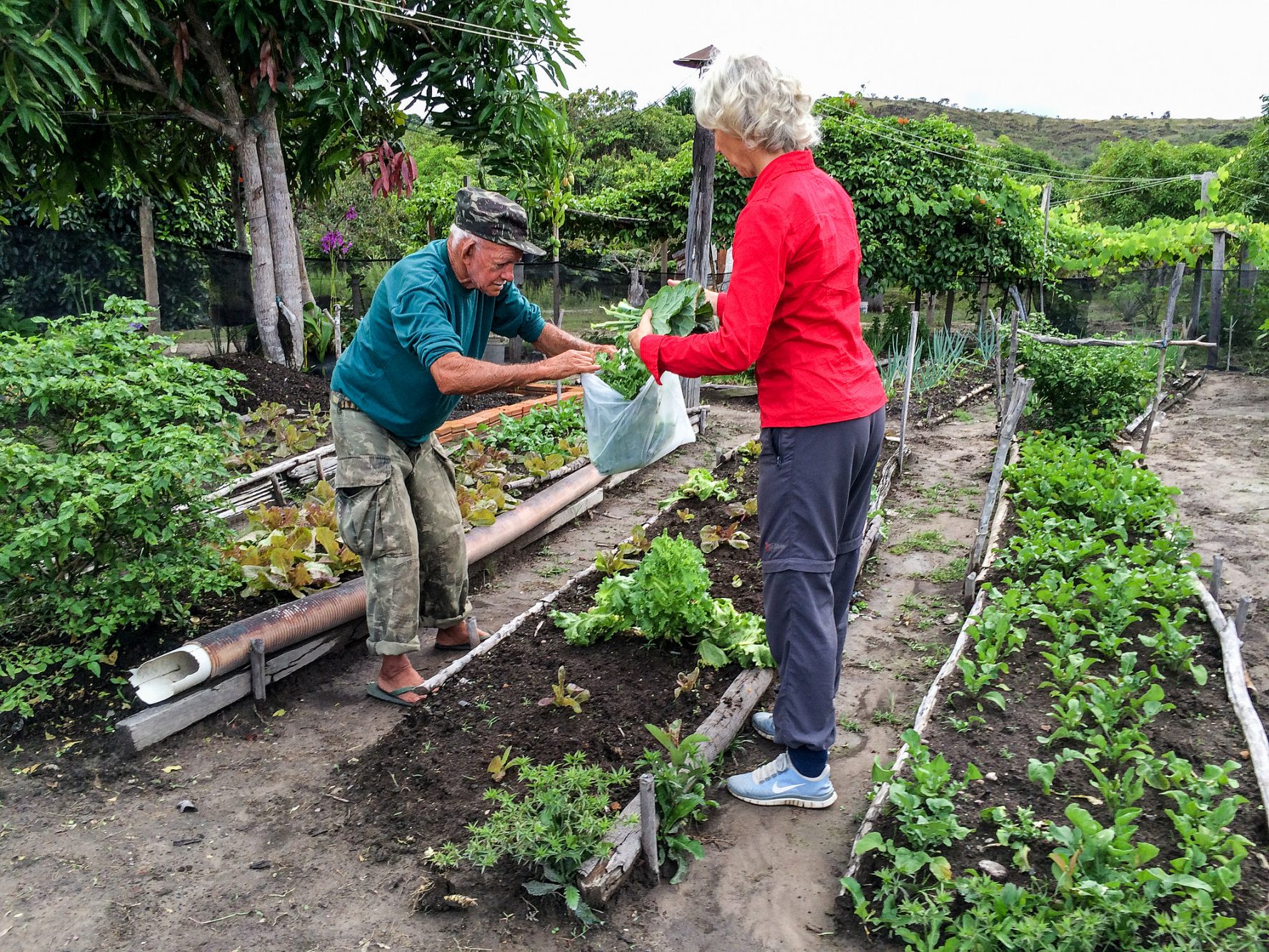Let me start with the obvious reasons to buy a fridge.
Medication: A chronic condition may require you to bring medicines because these are not (or may not be) available in countries you will cross, or for other reasons such as the need to have them available at any given time. While an important topic, it is beyond the scope of this article as Coen and I are fortunate enough not to have to worry about this and thus aren’t the ones to properly discuss anything related to it.
Space and money: When traveling in a reasonably big-sized overland vehicle (say varying from a Land Cruiser to a MAN truck), if you have enough money to spend, you will most likely buy a fridge. Why not enjoy the luxury when you can?
But what if you have a minimal budget, and/or a small vehicle such as a 2CV, Beetle, or a buggy—all vehicles we know people have overlanded in? Then what choices do you make?
Let’s elaborate on that based on the choices we have made over the course of our journey.
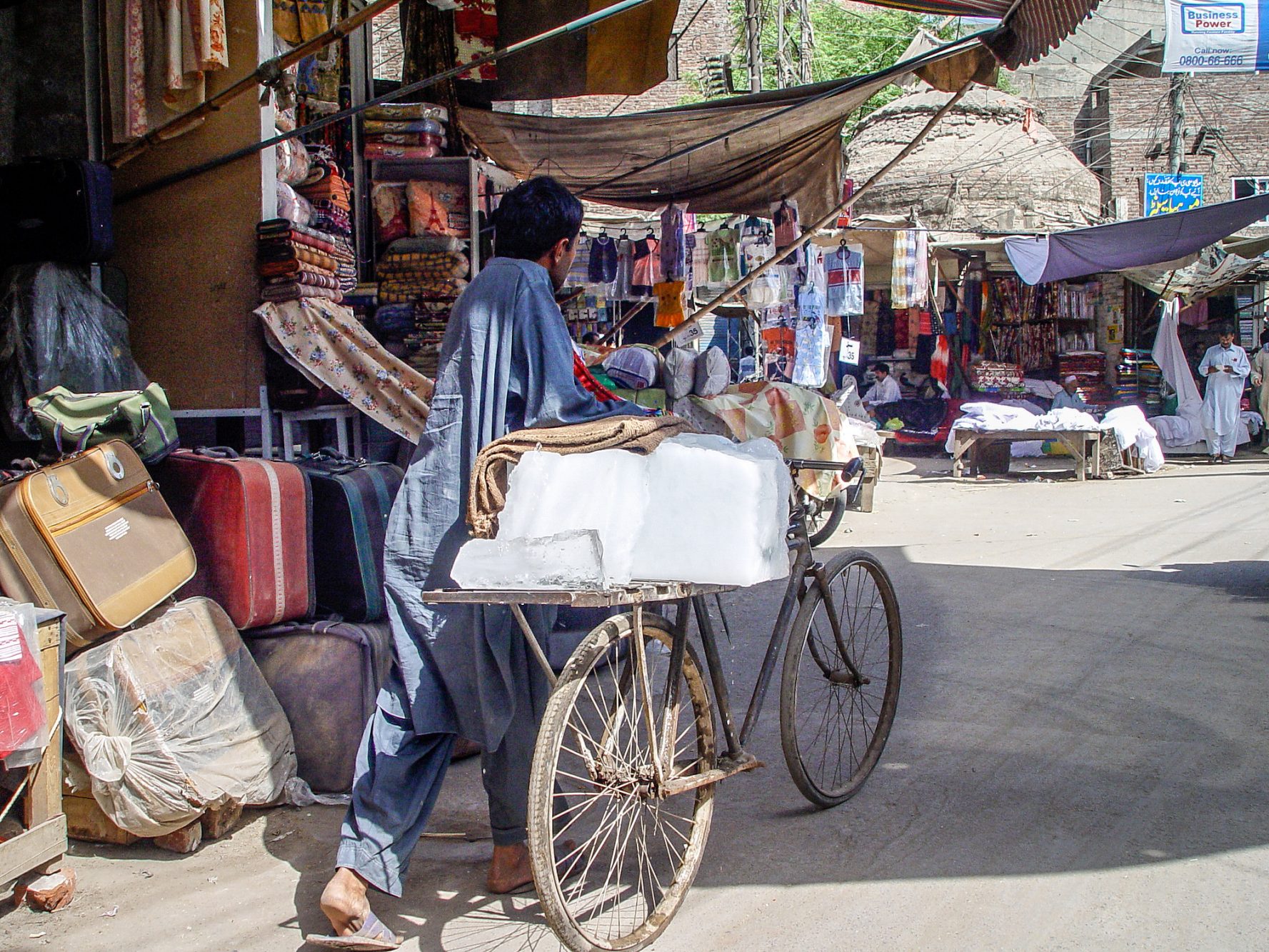
#1: A Second-hand Fridge
When we were preparing for our journey in 2003, budget was a determining factor in everything we did. We had known each other for only a short period of time and had no idea if hitting the road and living together on 90 square feet had any chance of succeeding. As a result, our goal was to equip ourselves with a vehicle and the necessary gear for as little money as possible.
A fridge, at the time, cost some $1,000 USD, which was beyond our budget. And don’t forget, it is not just buying a fridge. You may need a (larger) auxiliary battery and/or a solar panel with a smart controller. This setup can run to about $1,500 USD and up. When you are on a low budget, you can do a lot of traveling with that kind of money!
But before throwing the idea of bringing a fridge overboard, Coen checked the Dutch version of E-bay and lo and behold found one for $100 USD. It was a small, used 24-volt lorry refrigerator with a Danfoss compressor. Perfect.
As we journeyed from the Netherlands to Asia, we rough-camped and cooked a lot in Greece, Turkey, and Iran. However, in Pakistan life on the road became very cheap so we changed our eating habits to having lunch and dinner at road stalls or in basic restaurants. As for beer, well, it is not impossible to obtain in this Muslim country but a bit of a hassle to get a permit, so we didn’t bother. The need for a fridge was gone so when it broke down somewhere in Pakistan we didn’t get it fixed. The fridge became additional storage space.
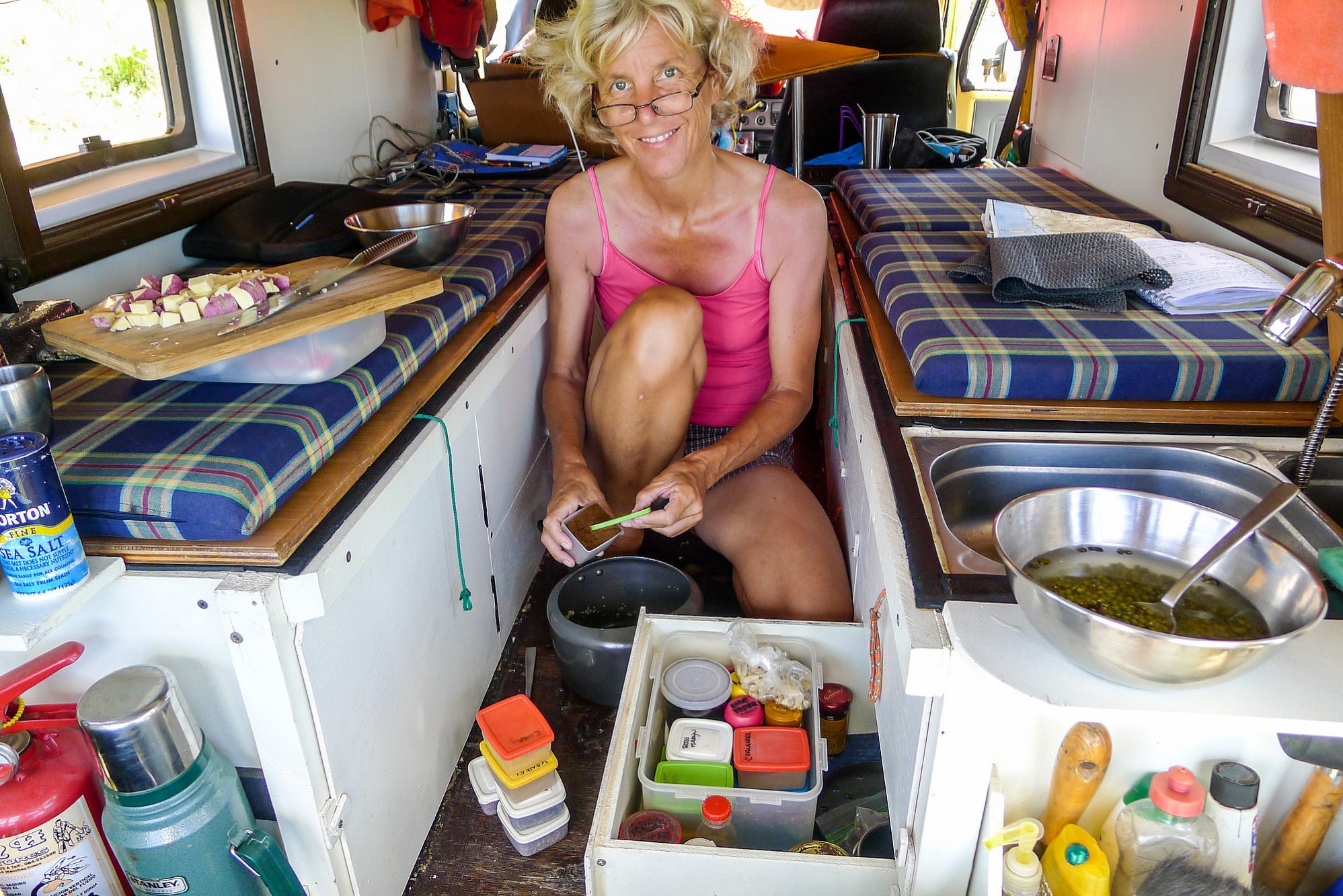
#2: A Partly-working Fridge
Next on our route was South America, where we quickly returned to calculating our budget for food. Whereas countries such as Bolivia, Guyana, and Venezuela are cheap, others, such as Chile and Brazil are not. We returned to preparing our meals. By then, friends of ours had given us a 32-year old Engel. Fridge #2 worked, broke, was fixed, and eventually worked only when we were driving. And so we improvised.
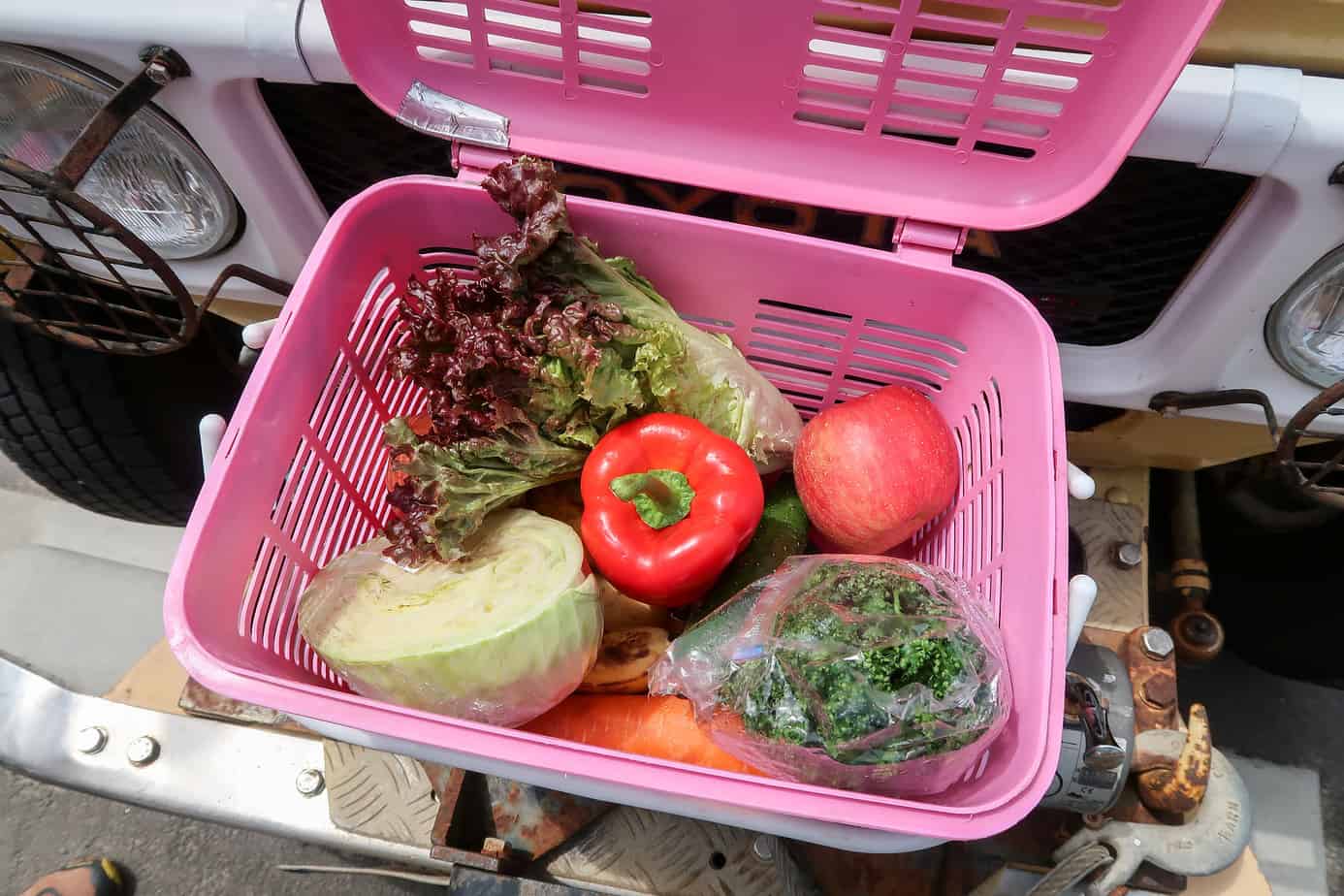
Eating & Keeping Food When Without a Fridge
– We ate meat in restaurants; we never bought any to prepare ourselves (except for a BBQ and then we bought meat that same afternoon).
– Beer was a big add-up to our budget so we drank it as a treat at the end of the day when camping at a place where we could buy and drink it on the spot.
– Cheese in most warmer South American countries is inedible (in our modest, Dutch opinion) and where there is good cheese (e.g. Bolivian and Peruvian Andes) it is cold enough to keep for a couple of days outside a fridge. The solution for French cheese in tropical French Guiana: we ate it the same day.
– Natural yoghurt is rarely available (South Americans prefer the colored, sweetened versions) and so when we did find it, we ate/drank it even before exiting the parking lot.
– Fruit doesn’t need to be kept in the fridge, nor does the majority of vegetables. With a bit of planning we stocked up on fragile vegetables that we ate the same or following day, and bought easier-to-keep vegetables for later days. Fruits and vegetables that will keep (reasonably) long without a fridge include: carrots, tomatoes, cucumber, pumpkin, eggplant, zucchini, apples, oranges, potatoes, onions, garlic, coconuts.
On that note, one of my best buys ever was a basket with slits that prevents the food from getting squashed among other stuff in the storage compartments while simultaneously being able to “breathe.” (Thanks to overlanders Erwin and Bastienne for that tip).

Another option, which is easy to implement in most South American countries (at least in the hot-climate regions), is to buy a sack of ice and keep your beers and food cool for a day or two in a cooler/insulated box.
A couple of years ago our needs changed altogether as we threw out animal foods and changed to a plant-based diet. This made traveling without a fridge even easier as our main source of protein became legumes. While you can buy them in cans, it is much cheaper as well as more space efficient to buy them dried. I soak them for a night and cook them in the pressure cooker. Apart from cooking legumes, we sprout them to add to soups, stews and salads. There are special sprouting jars, but you can save that money and instead use any glass container, some mesh and a rubber band.
Our breakfast changed from bread with cheese or marmalade to oatmeal. The latter is perfect because it keeps for ages and we cook it with fruit, nuts and seeds. While oatmeal is available in South America, it is very hard to find in South Korea and Japan and so we swapped the oatmeal for barley.
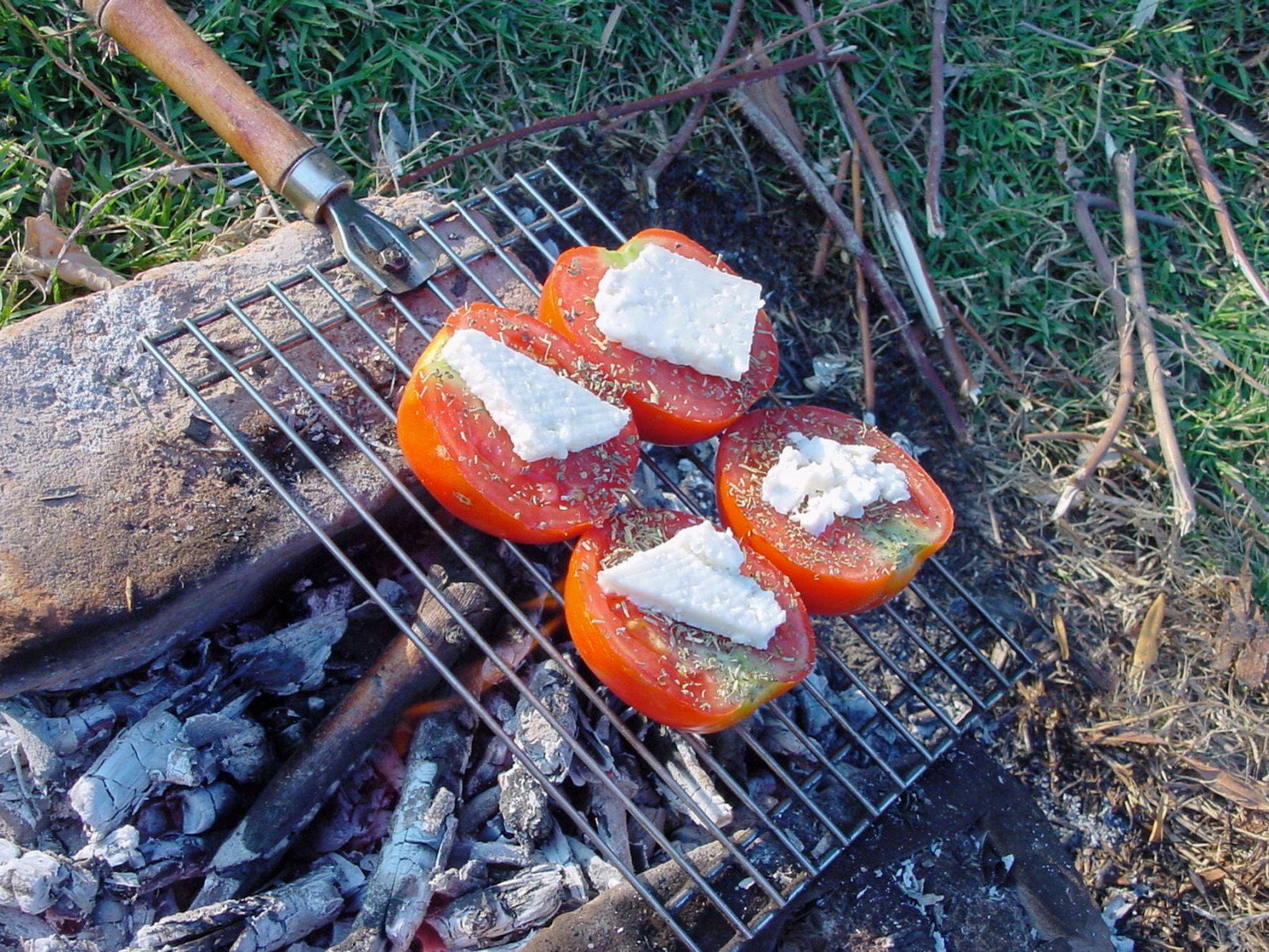
We still like to bake bread in our Coleman oven every once in awhile. A note on flour and other dried foods: In many countries you can buy these in markets from big jute bags. It’s generally cheaper than the supermarket, packaged versions, plus you buy food from local farmers rather than supporting big chain stores. However, in tropical countries it does not take much for market-bought food to be infested with the tiniest crawling creatures. So while a good option for use on short notice, the supermarket packages are better if you want to store for a longer period of time.
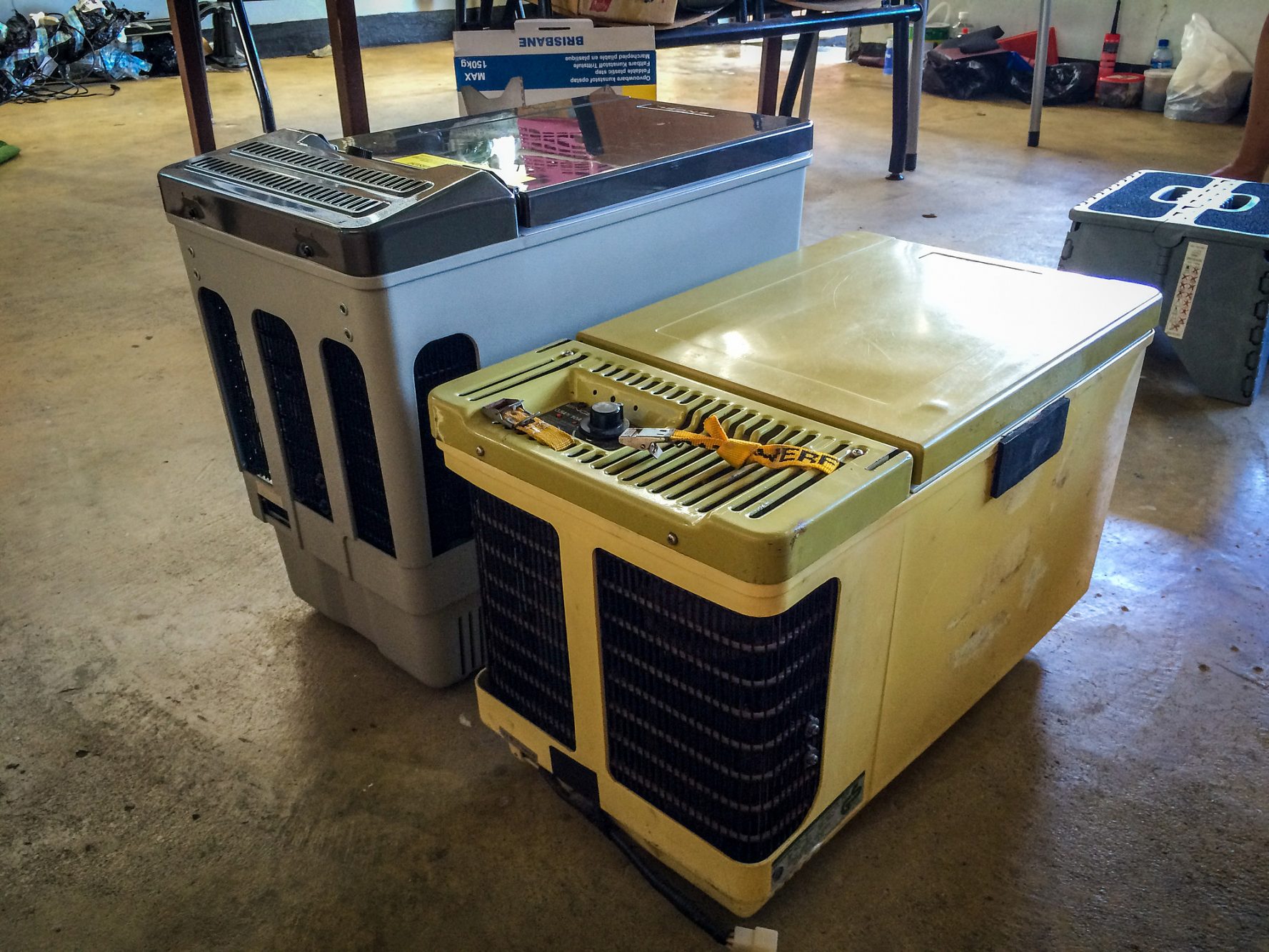
#3: A New Fridge
It may come as a surprise that last year we bought a fridge nonetheless. Money-wise life has improved and we passed the “trial period” of whether we’d be able to share a life on the road with flying colors. After 12.5 years on the road we upgraded our equipment. The reason to buy a new fridge, a 21-liter Engel for $600 USD, had to do with the fact that I prefer cooking in batches, e.g. one pressure cooker with vegetable soup is good for three meals for the two of us. I cook beans in large quantities to add them to soups over a number of days. In cold, Andean high-altitude areas where food will keep outside the fridge for a couple of days, this works perfectly, but not in the tropics.
While we have more money to spend than during the first stretch of our journey, eating in restaurants on a daily basis in the Far East is unaffordable. In South Korea and Japan we are largely back to cooking again.
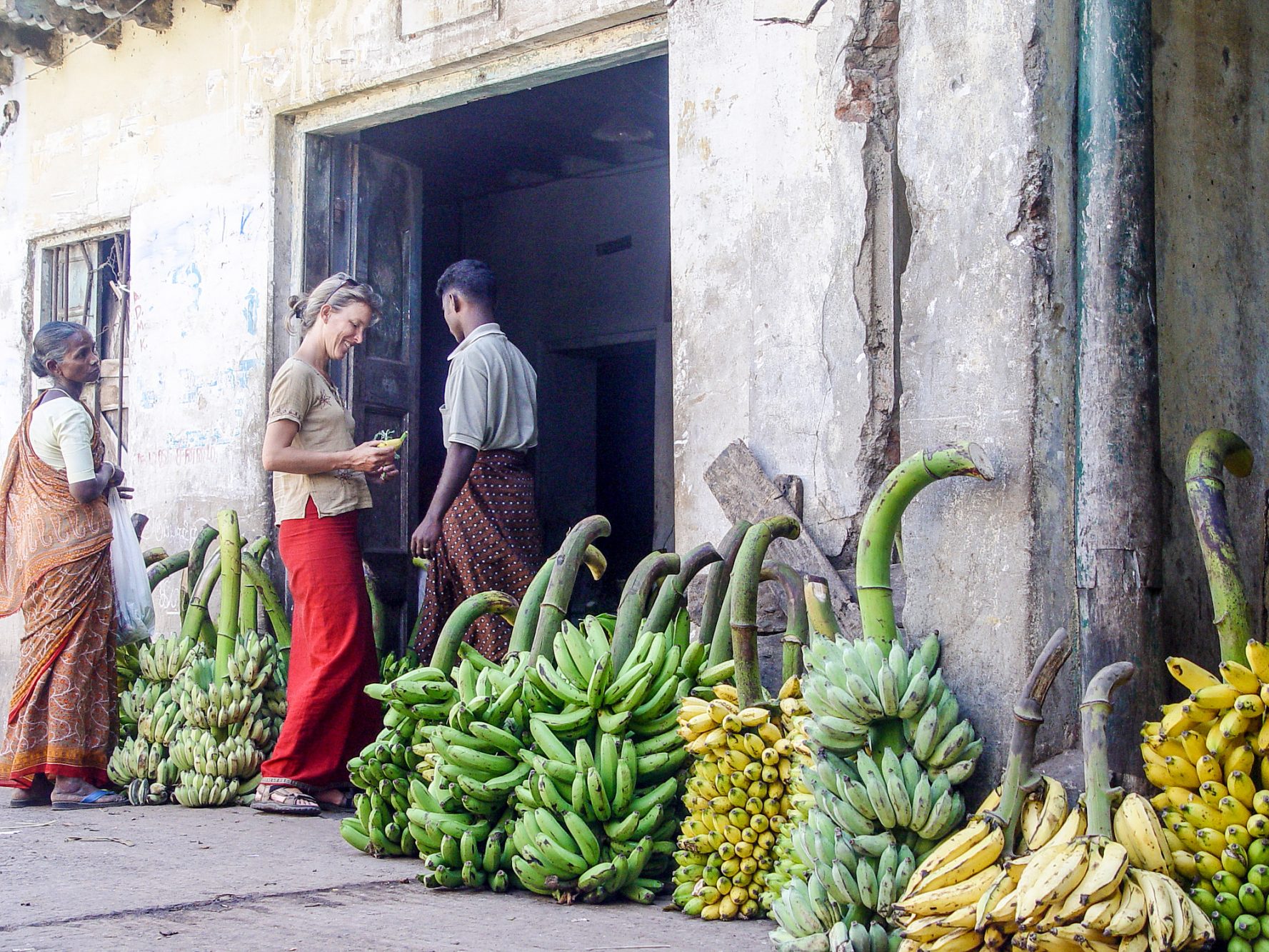
Do You Need a Fridge When Overlanding? The Verdict
After 14 years on the road we don’t have a clear-cut story on the must-have of a fridge or not. It comes down to the arguably unsatisfying response It depends.
On what?
– Vehicle size: The Land Cruiser is big enough to carry one.
– Want: There have been times we wanted a fridge (like now) and times we didn’t (in countries cheap enough to eat outdoors).
– Need: No, never.
– Itinerary: When crossing tropical countries a fridge is a must if you like to cook and want a cold beer, whereas in cold countries we don’t really need one.
– Budget: We didn’t want to spend the money initially when money was tight, but we did buy one when we felt we could afford it without compromising the experiences of our journey.
While not offering a one-fits-all answer, we do have a tip for you: With every dollar you are about to spend during your preparations, ask yourself Would I rather have “this” fridge or any other equipment/gear, or would I rather use this money for X additional days of traveling? That often helps you to make choices very quickly. (The credit for this tip goes to our overlanding friends Pierre and Irene).
After all, the most important thing is to enjoy your journey, not to be perfectly equipped. Have fun!
Want to know what it’s like to travel the world full-time since 2003? Click on the banner below.

